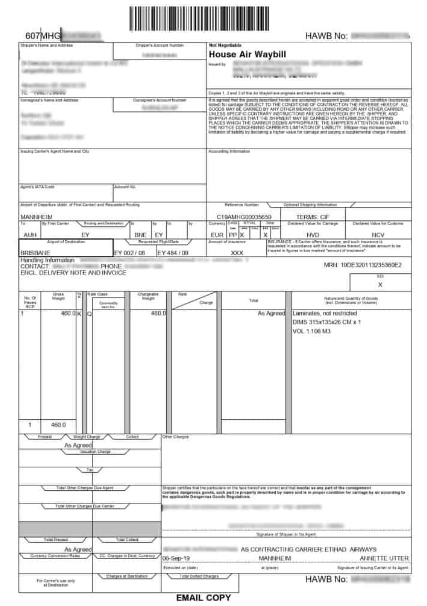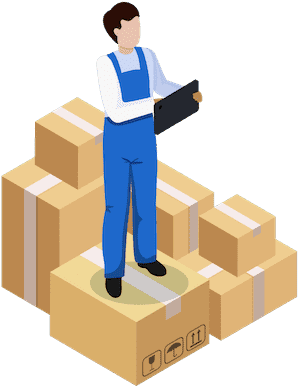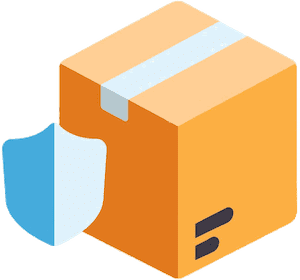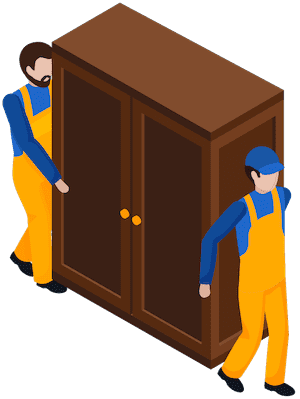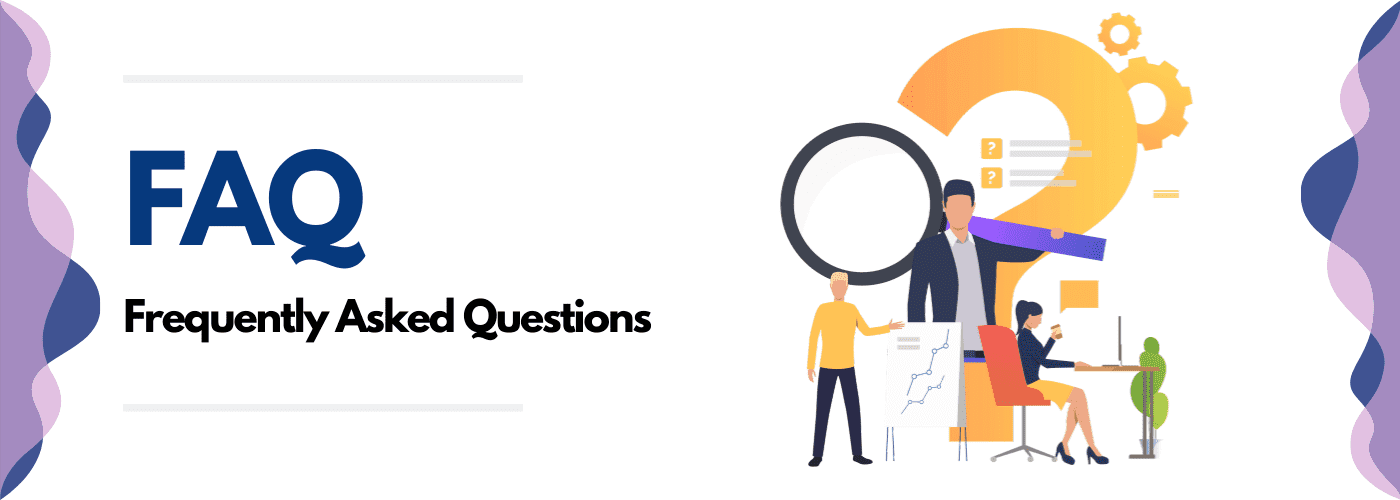Do your goods have to be transported between Malaysia and Japan? You chose the right place! DocShipper Malaysia is here for your expeditions in Asia. This guide will give you all the information you need to be aware of the rates, regulations, transit times, and others...
Table of Contents
The different methods of transportation between Malaysia and Japan
Connecting Malaysia and Japan cannot be done in many ways, but you still have a choice between two of them, which are sea freight and air freight. So let’s compare these two methods of transportation and give you more information about them to help you know which one is the most adapted to your needs.
DocShipper Advice: No matter which transport method you chose, our freight experts are here to handle your expedition from A to Z. If you have any questions, you can contact us via our form or call us!

Sea Freight between Malaysia and Japan
![]()
Remark FNM: Ocean freight will be the best deal for you if :
- Your goods are bigger than 2 CBM
- You’re not in a hurry to receive them
- You want to ship specific goods (batteries...)
Overview – Ocean freight between Malaysia and Japan
Malaysia and Japan are not so far from each other, they are both situated in the Pacific Ocean and the Philippines is between the two countries. The distance as the crow flies is 5 134 km.
The main shipping seaports in Malaysia
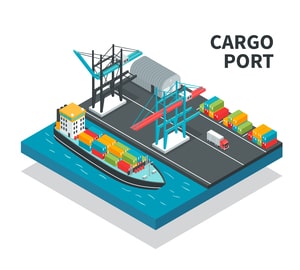
-
Port of Kelang
Kelang's port is located on the Malacca Strait. It is the 16th largest port in the world and the first in Malaysia, with an area of 573 km2. Previously a transshipment port, the port has been able to take advantage of the port of Singapore's saturation to handle many container ships. CMA-CGM has made it its primary Asian hub.
-
Port of Tanjung Pelepas
Tanjung Pelepas' port is located near the mouth of the Pulai River. It is Malaysia's largest container terminal. It has evolved since its creation in 2000, and it now ranks 17th in the world for containers. The port provides major shipping firms and box operators with dependable, efficient, and cutting-edge services, providing shippers in Malaysia and throughout the world with a substantial connection to the global market. Tanjung Pelepas Port is a joint venture between MMC Corporation (70%), a utility and infrastructure firm, and APM Terminals (30%), a prominent global port organization with 69 ports worldwide.
The main shipping seaports in Japan
-
Port of Tokyo
In 2006, Tokyo was the 7th biggest seaport for Japanese products by total volume handled and the 35th largest in the world, as well as the country's top container port and the 26th largest in the world. However, the overall port activities in and around its urban area, which includes the three neighboring ports of Chiba (to the east, Japan's second-largest cargo port and the 16th largest in the world in terms of total volume traded), Yokohama (to the west, Japan's 3rd largest cargo port and the 21st largest in the world in terms of total volume traded, and the country's 2nd largest container port and the 28th largest in the world), and, to a lesser extent,
In 2017, it handled 4.7 million TEUs in yearly traffic.
-
Nagoya Harbor
Nagoya Port is located in Nagoya, Japan. It has a very high yearly traffic volume.
- 186.3 million tonnes (2011)
- 2.9 million TEUs (2017)
- The port is the 15th largest in the world and the first in Japan.
-
Chiba Harbor
It, like others, may be found in Tokyo Bay. It is the country's major seaport. Its traffic is diversified, as it spans 25,000 hectares and hence various cities.
In 2017, about 5 million TEUs passed through.
| Japan / Malaysia | Port of Kelang | Port of Tanjung Pelepas |
| Tokyo Harbor | 15 days | 15 days |
| Nagoya Harbor | 12/14 days | 12/14 days |
| Chiba Harbor | 15 days | 15 days |
Please keep in mind that the transit time includes just the freight. Pick-up, delivery, loading, and unloading, which are not included, may lengthen the duration of your shipment.
DocShipper Alert: If you chose Sea freight, you’ll be sure to save money compared to air freight, but you’ll definitely not save time. Sea freight is a great solution if you can wait for your goods to be delivered. For more information and a quote, don’t hesitate to contact us through the form or call us!
Do I have to ship by groupage or full container between Malaysia and Japan?
There are various sorts of containers, but the three most prevalent sizes are:
- 20 feet (33 cubic meters capacity) (33 cubic meters capacity)
- 40 feet (67 cubic meters capacity) (67 cubic meters capacity)
- HQ 40 feet (High Cube, 76 cubic meters capacity)
Let us examine the two modes of transportation:
Less than Container Load (LCL)
LCL shipping is a suitable alternative when your goods do not fill a full container. Furthermore, it allows you to pay just for the amount of space you use, making it great for smaller deliveries. Your goods will be put next to those of another merchant traveling in the same direction.
Advantages of LCL shipping
Simply told, if your items weigh between 2 CBM and 12/15 CBM, transporting them through LCL will be the lowest option (cubic meters). Less money will be spent on packaging and quality control.
Unlike air travel, which has a variety of restrictions, LCL allows the shipping of any type of product.
The disadvantages of LCL
The cost of packing, loading, and unloading an FCL will be prohibitively expensive (over 13 CBM).
Our experiences in Malaysia (and elsewhere in Asia) suggest that FCL is a better alternative.
Full Container Load (FCL)
This means that just one customer utilizes the entire container between the time of departure and the time of arrival. To save on danger and expenditure, the container will be sealed as soon as it leaves the company's premises until it is delivered to the client.
It is an excellent mode of transportation if you want to purchase a large number of items.
As a result, regardless of whether you finish it entirely, FCL will be safer and less expensive for you. Without a doubt, a full container can be cheaper than LCL from 15 m3.
Advantages of FCL shipping
It is the most affordable mode of transportation, with a capacity of more than 16 MB.
It is useful to supervise the packing of your items (palletizing is not necessary). You control your property's security as you see appropriate.
You will feel safer and have a lower chance of harm because there will be less handling (loading, interim storage, and unloading).
Disadvantages of FCL shipping
You should only consider this if the volume is sufficient.
But what exactly does “large enough” mean?
To put it another way, 40% to 70% of a 20-inch container, or 13, 14, 15, and 20 MH.
Special maritime transport between Malaysia and Japan
The type of container you will require is determined by a variety of criteria, including the size of your consignment and the product. The following are accessible if you are about to mail certain products.
Reefer container
The refrigerated container is a thermally insulated container equipped with a temperature control system. It enables the transportation of items at regulated temperatures. It is frequently used for meals or chemicals.
Ro-Ro
A Ro-Ro vessel transports automobiles, among other things, using one or more ramps. They are also known as Ro-Ro, from the English roll-on/roll-off meaning literally “roll, roll, roll,” to distinguish them from traditional cargo ships that load merchandise vertically using cranes.
Bulk
Bulk commodities are items that are transferred straight into the ship's hold or into facilities designated for that purpose. In this scenario, a difference is made between bulk products and ordinary cargo. Solid bulk items (such as coal, ferrous and nonferrous ores) Bulk liquids: (petroleum and petroleum products). Bulk products are transported by bulk carriers, which are specialized vessels for each type of cargo (for example, ore carriers, coal carriers, and so on).
OGG
OOG (Out of Gauge) cargoes are a subset of commodities. Some commodities, for example, cannot be carried in ordinary containers due to non-standard size or weight. These sorts of goods are often transported on a platform or trailer.
Info Docshipper: Please do not hesitate to contact our specialists if you have any questions about customized transportation. Our services are equipped to assist you and provide you with the finest options. Please do not hesitate to examine our marine freight website.
How much does sea freight between Malaysia and Japan cost?
When deciding whether to export or import, it is critical to understand not just the weight, but also the volume of your items. Transport price is always determined by the weight/volume ratio.
You have two choices:
- In grouping (goods in bags, crates, drums, etc...). To the carrier's advantage, this billable unit can be the tonne or the m3, according to the weight/volume equivalency rule 1t = 1m3. The higher of the two will be used to the carrier's benefit.
- The freight in full containers is determined on a fixed fee per container that takes into consideration the kind of container but is independent of the type of products carried.
Remark Docshipper : If you are a small business, and you want to save costs while shipping your goods, you can read our article about How to Calculate Shipping Costs when Selling Online? Contact us for more information!
Tariff supplementation
Marine tariff surcharges are costs assessed by maritime transport companies in addition to the agreed party-agreement rate and are context-dependent.
The price of marine freight transit is distinguished by its complexities.
BAF stands for Bunker Adjustment Factor.
This tariff surcharge reflects changes in the price of crude oil. Given the consumption of contemporary ships, shipping corporations began to use them during the 1973 oil crisis. Since then, it has been on the agenda.
CAF stands for Currency Adjustment Factor.
This fee reflects changes in the value of the dollar. Because the great majority of ocean freight rates are computed in US dollars, firms use this extra to hedge against currency risks.
THC stands for Terminal Handling Charge.
The handling costs at the port of loading and unloading are represented by THC. The quantity can be fixed in the case of containerized cargo (price per container) or variable in the case of traditional (i.e. "non-containerized") freight. The latter situation has a per-tonne tariff that may be subject to different surcharges (for "excessive" size or weight).
DocShipper info: DocShipper is an expert in sea freight, we are here to help you with your shipment and will handle every step for you. If you need to rely on us, don’t hesitate to fill out our form or call us!
Air freight between Malaysia and Japan
DocShipper tip: Do you require air freight quotes and/or recommendations? Please feel free to send our professional staff an online form.
Air freight from Malaysia to Japan
Air Freight between Malaysia and Japan will be the faster solution for the delivery of your goods, even if it'll also be more expensive. The two countries are not really far from each other, so it will take only a few hours to arrive at one of the different airports in Japan.
Classic or Express air freight
Air shipments are also a popular form of shipping for many Asian importers, including those who want to transport goods from Malaysia to Japan. Air freight is a safe, quick, and effective mode of delivery between these two countries.
Both in terms of pricing and service, the two techniques are extremely different:
Conventional air freight will use the capacity available on traditional airlines like Malaysia Airlines and Air Asia while Express air freight will employ the courier network of DHL, FedEx, TNT, UPS, and others.
Main Japanese airports :
- Tokyo International airport Narita
- Tokyo International airport Haneda
- Osaka International Kansai Airport
- Nagoya Central Japan Airport
What are the advantages of air transport?
The biggest advantage of air travel is its speed.
The transportation time between Malaysia and Japan is often less than 7 working days. Most of the time, it's only one to three days. When compared to maritime freight, there is a huge saving. Fast delivery times might now have a significant influence on a specialized market.
Please keep in mind that air freight is simply one component of the supply chain. Indeed, in addition to air freight, you will want (at the very least) export and import services, such as airport fees, customs declaration, and so on. DocShipper, of course, provides this service.
How much does air freight transport between Malaysia and Japan cost?
When shipping by air freight in the future, it is critical to consider all the expenditures that will be incurred. We're specifically thinking about airport costs, documentation and reporting expenses, customs duties, and taxes…
It will be charged by weight, in kilograms, for air freight. Please keep in mind that regular air freight is still significantly less expensive per kilogram than expedited cargo. Finally, whether an airplane or a postal service, the carrier will examine the most significant value between gross weight (on the scale) and dimensional weight (depending on dimensions).
How do you calculate the volumetric weight of your shipment?
The basic rate for traditional freight is a weight band rate that quickly decreases, with a minimum fee for relatively tiny items. On the same concept, express freight charges a fee every step based on the volume of goods shipped. The carrier will base the rate on the largest of the gross weight and the volumetric weight, as shown above, which is computed as follows:
- 1 m3 Equals 167 kgs in conventional air freight
- 1 m3 Equals 200 kgs for express air freight

If the volumetric weight is more than the actual weight of your shipment, the carrier will issue a fee based on this weight. Now that you understand how it works, you may use online load weight calculators to make things easier.
DocShipper Plus: Air freight will be the best shipping solution for you if you want your goods to be shipped quickly. For more information, don’t hesitate to contact us or call us directly!
Custom Clearance in Malaysia
In Malaysia, a complete invoice and air waybill are necessary for customs clearance of your products. If the object being sent is controlled/restricted or forbidden, the authorities may demand extra authorization or license.
Your products will only be cleared and available in Malaysia when all tariffs and taxes have been paid. Prior to arrival, cargo may be cleared. Otherwise, if there are issues with your product and/or documents, the shipment may be held for 24 to 48 hours after it arrives.
Custom Clearance in Japan
Understanding custom clearance regulations is critical when conducting business in Japan. Working with a freight forwarder in Japan, as well as having a local representative who understands customs regulations, can be extremely beneficial. The Japan Customs website, particularly the Customs Answer FAQ, is another useful resource.
Anyone wishing to import goods in Japan must declare them to the Director-General of Customs, obtain an import permit (after an examination by the authorities), and pay any applicable Customs duty and excise tax.
In general, the importer organizes the declaration. Docshipper, on the other hand, handles the declaration and the import operation. As a general rule, products are cleared through Japanese customs without incident.
The documents that must be submitted for customs clearance are described in Articles 68 to 70 of the Customs Code.
Commercial invoice, packing list, bill of lading (or air waybill), cargo manifest, entry declaration for ships or aircraft (an announcement at the time of entry into the port), import declaration (electronic), customs value declaration, certificate of origin (if the goods are eligible for a preferential tariff), insurance certificate, import authorization (where applicable), and written request for reduction or exemption from customs are all examples (if applicable).
What are the customs duties and taxes?
VAT
The customs value plus the duty paid value is subject to import VAT. This is set at 5%. (including the local taxes).
The Japanese government agreed on December 30, 2011, to raise the general VAT rate to 8% in 2014 and 10% in 2015. This was due to the massive public debt and the comparatively low general VAT rate. This judgment is very contentious, and its passage through parliament is uncertain.
The Excise Tax in Japan
A variety of items in Japan are subject to excise charges (Law No 37 on the collection of excise duties on imports, 1955). These are cigarettes, gasoline, and alcoholic beverages.
The following tariffs are in effect under the Liquor Tax Act (No. 6, 1953):
JPY 220,000/kl for beer with an alcohol content of less than 20%; JPY 80,000/kl for wine; JPY 370,000/kl for whisky, cognac, and other alcoholic beverages with an alcohol content of 37% or more: JPY 370,000/kl + JPY 10,000/kl for each percentage above 37%; JPY 120,000/kl for liquor with an alcohol content of less than 13%: JPY 120,000/kl
How can you obtain a tax break?
In GSP nations, you can obtain a partial or entire exemption (including Malaysia). The rest will be determined by the kind of what you import and the country of origin.
GSP
The Generalized System of Preferences (GSP) is a trade preference program established by numerous industrialized nations within the framework of the World Trade Organization for commodities from developing countries. It does not apply to the customs charges of impoverished nations, but solely to their exports; it is a system of help for developing countries to assist them in their commerce. As a result, several Malaysian items are listed.
Products that are overly competitive (textiles, for example) will not benefit from GSP.
Obtain a Certificate of Origin to present to Japanese customs in order to profit from GSP.
How to get your HS code?
You must get a freight and customs clearance estimate. The HS code is used by every member of the World Trade Organization (composed of 6 numbers). HCDS stands for Harmonized Commodity Description and Coding System. This number describes the kind of your product (by ID).
How can I determine the correct HS Code for my goods?
You have a few alternatives, but you should start by inquiring with your provider. He must be able to guide it; otherwise, he lacks expertise…
Visit this webpage instead: HTS - HS code locator
It's quite simple to use! Let us proceed using the word "pineapple":
Do you already know the HS Code of your products? You can find the tariff barrier that applies on the official website. Note that at the moment their website (http://tariff.customs.gov.my/) is down, so you should check directly with our DocShipper experts.
To find further information about duties and taxes in Malaysia according to your HS code, please check the official website: Customs in Malaysia
How to calculate customs duties and taxes
- To find the value of the customs duty, you need to add the total value of the imported product to the consumption tax (if applicable) + environmental protection rate (if applicable) x tax rate.
- To calculate the VAT, the total value of the imported product + import tax) x VAT rate
- To calculate the special consumption tax, you simply multiply the value of the product by the applicable SCT rate.
- To calculate the environmental protection tax, you simply multiply the quantity of taxable goods by the EPR rate
- Finally, if you wish to calculate all the taxes applicable to importing into Malaysia, simply do the following calculation: import tax + VAT + TCS (if applicable) + EPT (if applicable
Does Docshipper charge duty?
We shall not accept money as part of your customary duties. To show this, we will provide you with the data given by Malaysian Customs. Only costs linked to the development of a regulatory information document will be exempt. DocShipper will be responsible for collecting these customs leniency costs because we will be producing the relevant documentation for you. The government will be in charge of collecting customs-related fees.
Advice Docshipper : DocShipper has a customs clearance service in addition to our freight services, our experts will handle this important step for you. Contact us for more information by filling out our form or calling us!
Customs contact
Malaysia customs
Official name : Malaysian Directorate General of Customs
Website : Malaysian Customs
Required documents
Certificate of Origin
The certificate of origin attests to the country of origin of the goods transported. The country of manufacture, which should not be confused with the place of origin of the goods, is indicated in this document, which is necessary for international trade.

You must have the original invoice to clear your items through customs, whether for Malaysia or Japan. Verify that the amount on the original invoice and the packing list is the same.
Bill of lading
The bill of lading is a proof of transportation document that attests to the delivery of the stated goods by the exporter. Furthermore, the bill of lading is a legal document that must be considered. Furthermore, it gives all the data required to properly process and invoice the freight.
Packing List
Shippers generate a “packing list” for each party engaged in the supply chain. This legal document, which is required for all air and sea freight shipments, contains all the information on the product(s) and packaging included in each shipment.
Health Certificate
The health certificate is a document that certifies, following an inspection by competent authorities, that the items meet the criteria established by legislation for production hygiene, microbiological standards for food products, and animal health.
If you wish to import items from any of the following categories, please contact our DocShipper experts! They will guide you through the entire process.
Our additional services
Warehousing and storage
DocShipper's warehouses are strategically placed to store your products for as long as necessary before exporting them. Furthermore, whether you are pooling your products with those of other suppliers, filling a container to capacity, or already having a full container but wish to break it up at the destination port and distribute it to various areas, we might offer a container optimization strategy.
Visit our specialty page at Warehousing.
Packaging and repackaging
You should not overlook the packaging and preparation step if you want to ensure that your product is stable throughout delivery and has the greatest possible protection throughout storage. We have pallets, cartons, boxes, tape, bubble wrap, and other goods for your company. So please feel free to browse our website.
More information can be found on our specialist page: packing services.
Cargo Insurance
Insurance costs vary based on the type of vehicle used, the product concept, and the insurance provider. Regardless of the items, the declared value can be adjusted by up to 20% to account for any damage. The backer indicates the value of the goods as well as the primary transportation costs.
View our specialty page here: insurance services.
Relocating and moving personal effects
Is it correct to declare that you wish to visit Malaysia? When you travel, you will need to transport a large amount of luggage or mementos. Professionals handle all pressing, packing, and customs clearance to assure safe delivery to your house in Malaysia, Vietnam, or elsewhere on the earth.
Visit our dedicated page for moving assistance.
FAQ | Freight between Malaysia and Japan | Rates – Transit Times – Duties & Taxes
For which products Japan and Malaysia are known for importing ?
Japan and Malaysia are known for importing different types of goods such as :
- Mineral fuels including oil
- Electrical machinery and equipment
- Machinery including computers
- Pharmaceuticals
Which transport method will be the less expensive, Air or Sea freight?
Sea freight will definitely be less expensive than Air freight, even if air freight is faster.
Are Malaysia and Japan in a good diplomatic relationship?
Yes, there are embassies of each country in both of them, and are enjoying warm diplomatic relations. The countries also established an economical agreement in 2005, the MJEPA.
Is FCL more expensive than LCL?
It depends on your needs. In fact, it will be cheaper for you to choose LCL if your goods are not filling in an entire container, but it will be more cost-effective to choose one FCL for your goods instead of two LCL if the weight/size of your goods is elevated.
DocShipper info: Do you like our article today ? For your business interest, you may like the following useful articles :
DocShipper Advise : We help you with the entire sourcing process so don't hesitate to contact us if you have any questions!
- Having trouble finding the appropriate product? Enjoy our sourcing services, we directly find the right suppliers for you!
- You don't trust your supplier? Ask our experts to do quality control to guarantee the condition of your goods!
- Do you need help with the logistics? Our international freight department supports you with door to door services!
- You don't want to handle distribution? Our 3PL department will handle the storage, order fulfillment, and last-mile delivery!
DocShipper | Your dedicated freight forwarder in Malaysia !
Due to our attractive pricing, many customers trust our services and we thanks them. Stop overpaying the services and save money with our tailored package matching will all type of shipment, from small volume to full container, let us find the best and cost-effective solution.
Communication is important, which is why we strive to discuss in the most suitable way for you!
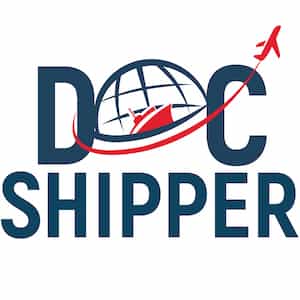
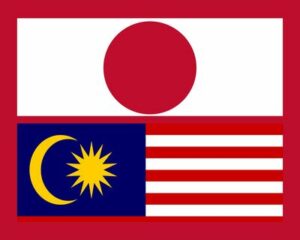

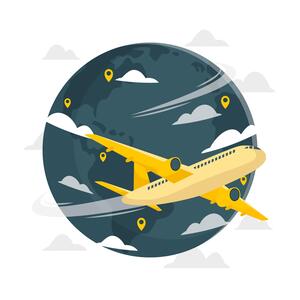
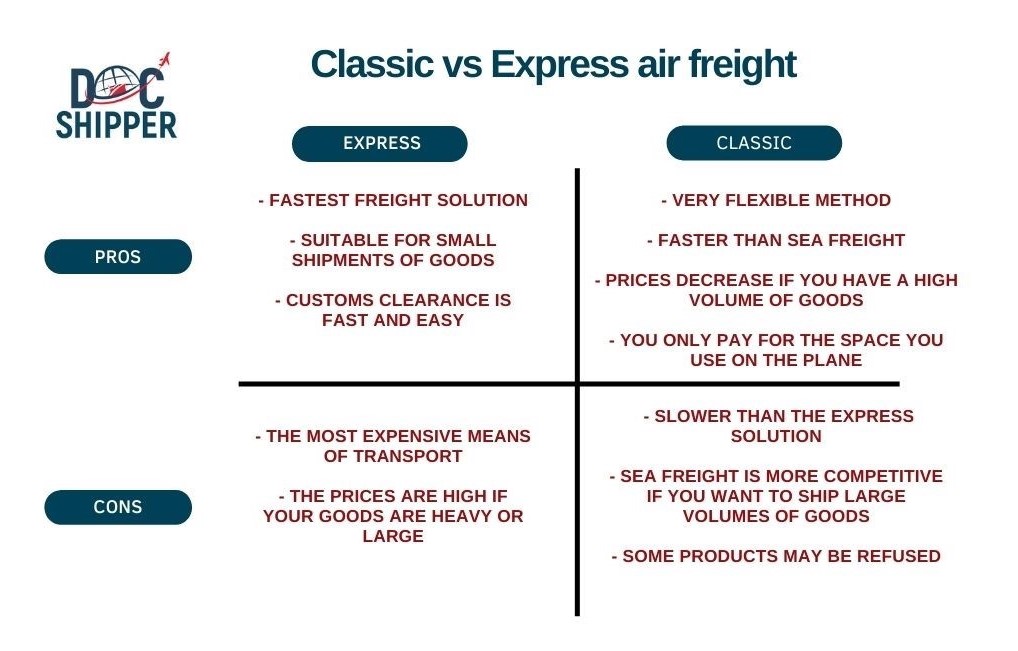

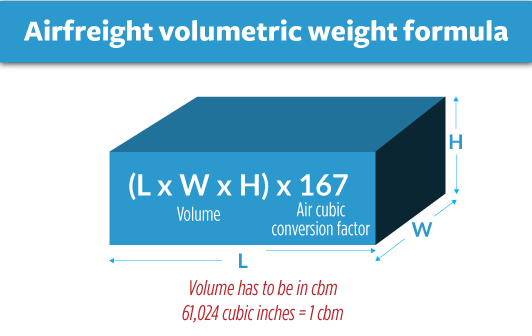
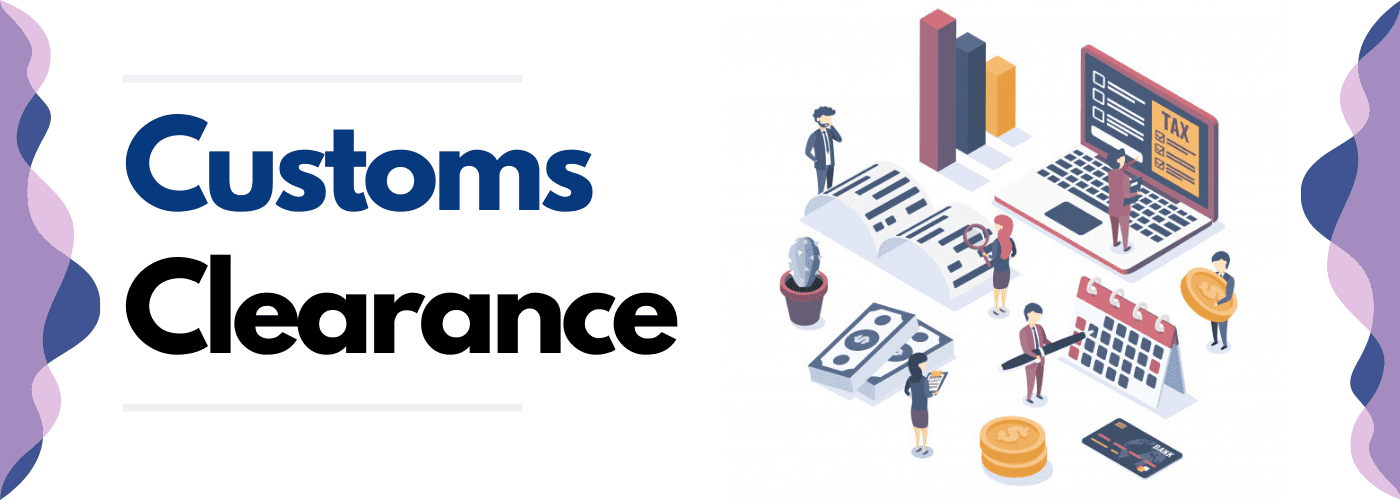
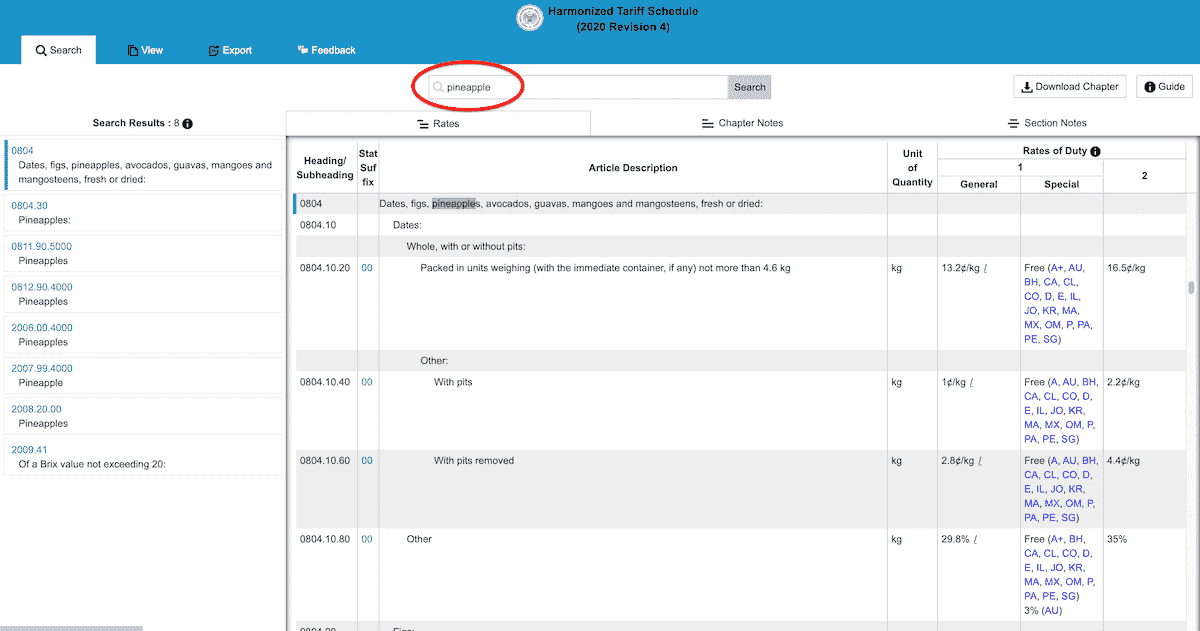

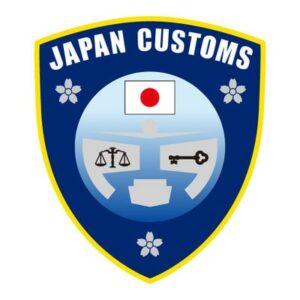 Japan Custom
Japan Custom 